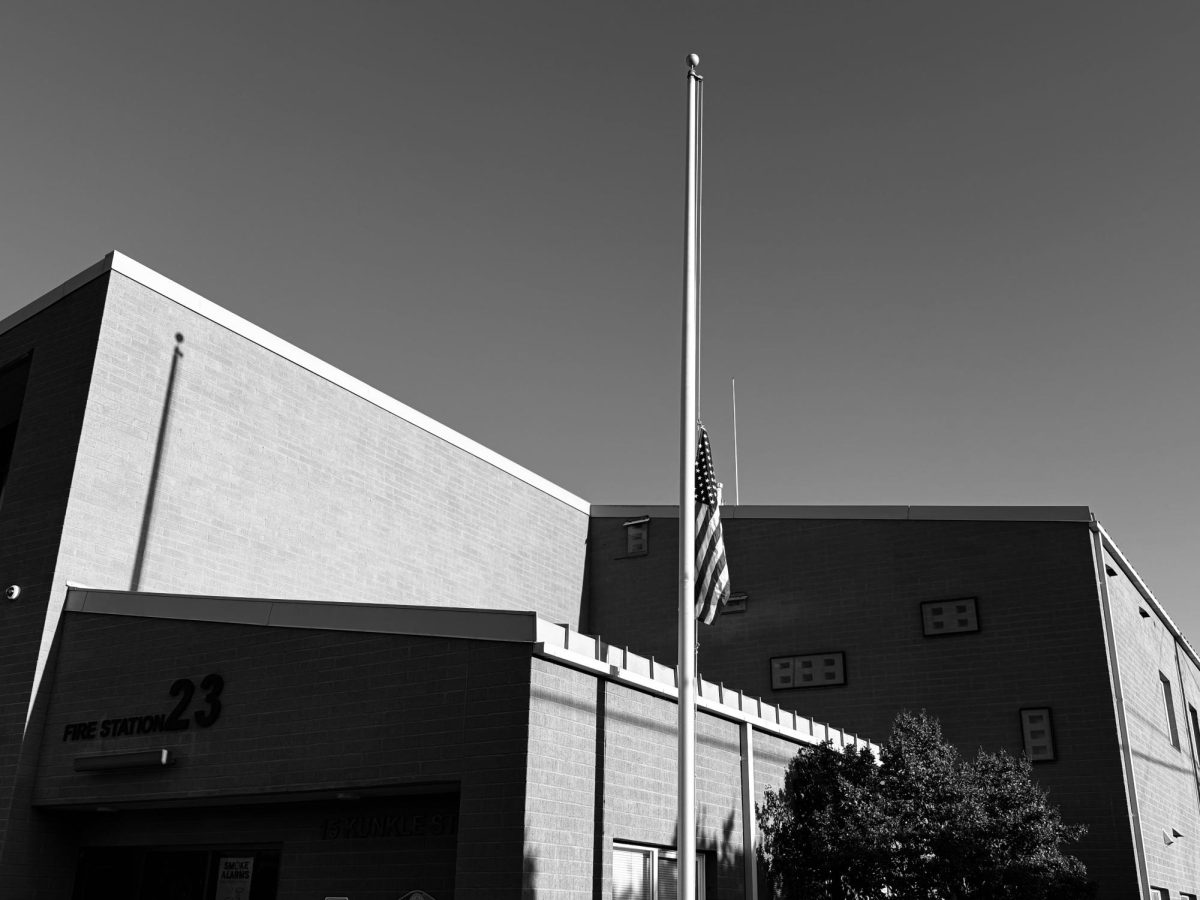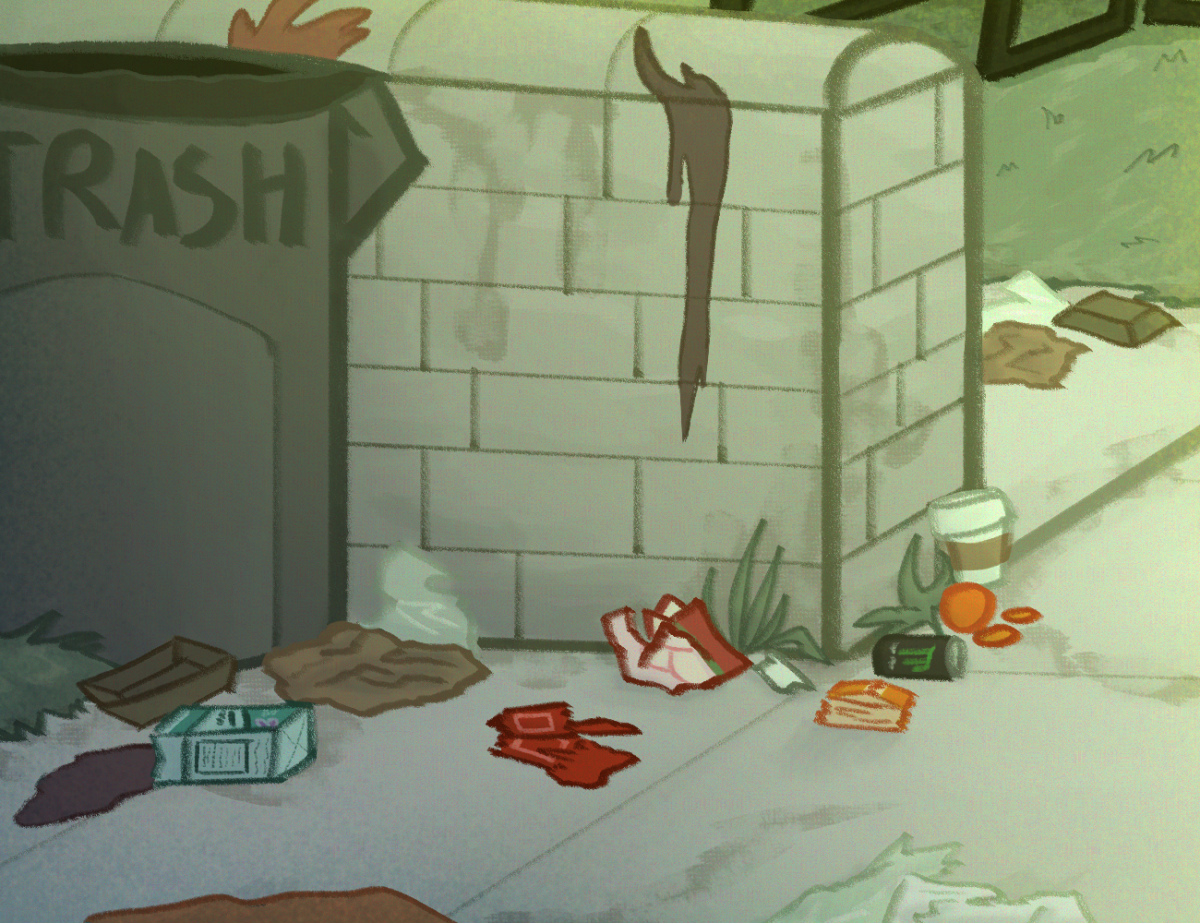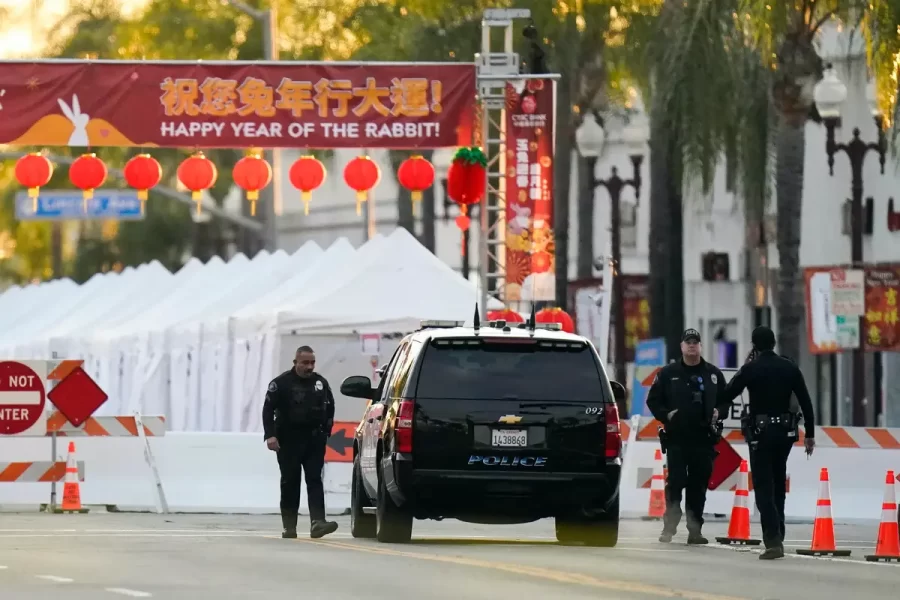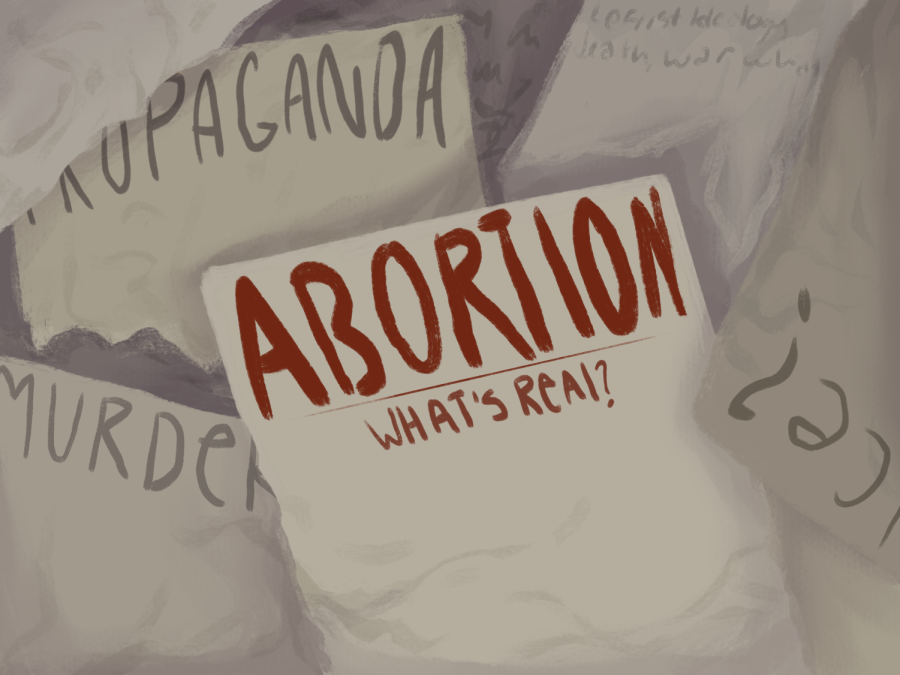
When you are faced with the headlines “At least 21 killed in Ukraine clashes” and “Standing Man,” of course the article about 21 people being killed is going to catch your interest at first glance.
A riot will more than likely pique your curiosity before a silent protest, which is understandable.
But both are highly effective, just in different ways. A riot can make noise (pun intended) in the news, and force the public to pay attention to the issue at hand. Silent protests, however, force the public to listen to the problem, and sway their opinion. Most people find riots more effective. They strike controversy and they get things done. The protests that are often forgotten are the silent ones. They are quite literally silent.
Being silent does not weaken a protest’s value or strength.
In mid-November of 2011, students of UC Davis were protesting both tuition hikes and police brutality during the Occupy Cal movement on November 10. Though you may have seen the iconic picture of the policeman pepper-spraying a row of sitting students, if you watch the Occupy Davis silent protest, I can guarantee that you will feel chills down your spine.
The student who is giving the guidelines in the beginning of the video is Tom Zolot. Zolot admits that he was not part of the organizing. In fact, there was barely any organization. “There was no organizing, it was all spontaneous.” Zolot said that “In the moment, they all had a general meeting, and everyone agreed that they would be silent.”
In the past four years, Zolot has attended around 15 to 20 protests, most being non-violent sound protests (protests made to disrupt), and four riots. However, he has never experienced anything like the silent protest at Occupy Davis before and after it happened.
A silent protest may not catch people’s eyes at first, but they can make a statement if done right. They take a lot of organizing, and discipline on the protestors’ parts. If one person shouts out, it is over. It is no longer a silent protest.
It is not just silent protests that are underestimated or underutilized. Sometimes, kindness can be the best way to get your point across.
Not long after Fred Phelps, founder of Westboro Baptist Church, died, the church members decided to protest at a Lorde concert because she “will not teach young women to be sober and godly.”
At this point you may be wondering where exactly I am going with talking about kindness and then suddenly talking about Westboro Baptist Church.
In response to Westboro Baptist Church, counter-protestors came and held signs saying “sorry for your loss” and “live your life and be awesome.” It is well known that not many agree with Westboro Baptist Church, and a lot of people would even say that they are disgusted with what they do. But instead of stating their disgust, the counter-protestors used positivity. This not only shocked the members of Westboro church, but also the people who read about the protest.
Obviously you can’t always protest with silence or kindness. When you are protesting something, you are generally upset. Kind words are not at the top of your head, and silence feels unacceptable.
Silence will not always achieve your goal. There are times when a riot is needed to get your point across, or even just noisy protests. We have the right to protest, and silence is not always the way to go. The same goes for the technique of “killing people with kindness.” Just like how there are a lot of situations where positive words are the best way to go, there are also times where it is inappropriate.
The power to protest is important. They bring about the change that the people want to see. However, when we think of protests we often think of either riots or noisy protests, with screaming people and picket signs. Silence can often be underestimated, while kindness is often dismissed, even though both can be highly effective.













